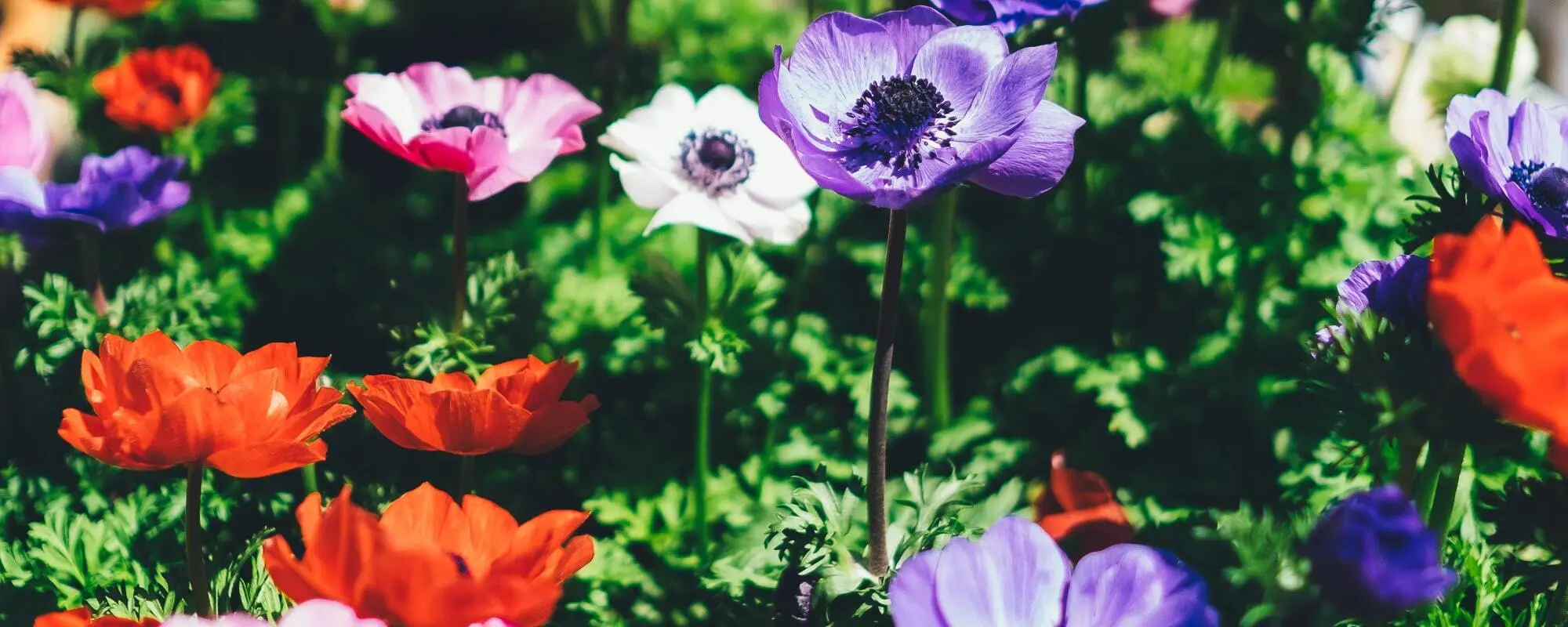
In the ever-changing and rapidly growing scenario where skyscrapers and cemented building are a common sight, ‘Garden’ brings to mind a place of respite, serene landscape, an exquisite canvas of colors, and a natural retreat from the busy, crowded, and polluted atmosphere. These are the places which have been built in cities and towns where greenery, flowering plants, and trees are preserved, flourish, and thrive and create a happy place in the otherwise population and pollution loomed environment. A garden is also a place where natural beauty is worshipped and where the human soul gets a chance to be close to Mother Nature. These gardens are also regarded as the ‘lungs’ of the cities and towns of India where crowd and pollution are prevalent and offer a breath of fresh air and calmness.
Many gardens in India have been developed in urbanizing cities by municipal corporations to create places of respite from the usual buzz. But a large part of the gardens existing in India are hundreds of years old. Having been a country ruled by many different kings and emperors in the past, many of whom have been nature lovers and garden enthusiasts, India has been fortunate to have been embellished with many breath-taking (literally!) gardens over the years.India’s gardens have been a hot spot for botanical artwork and conservation of greenery as well as a place for historical significance, besides providing a serene atmosphere for nature lovers and gardening enthusiasts. They also provide stunning frames or backgrounds for photography buffs and are a favorite spot or people to hang out with loved ones.
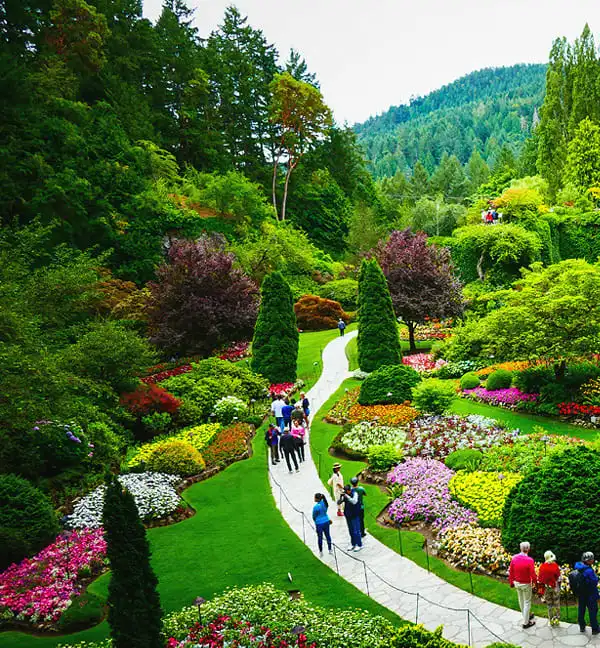
These natural havens, often nestled amidst the crowded urban settings, there is something for everyone – friends and families looking for some bonding and fun time, fitness freaks looking for some fresh air, lovers spending some quality time, and even loners or workaholics in need of some peace. The universal appeal of gardens indicates deep roots with their history indeed going back to surprisingly far and wide. Gardens in the eon era played a crucial role in the celebration of festivals such as ‘Vasantotsav’ (Spring festival), events held by rajas and maharajas, place for the queens to have some quality time and to have laughter with other noble women, and the idea of wearing flowers as accessories and to consume such as lotus stem. While many gardens during the prehistoric era were primarily private, the idea of a public garden was not an exception either. Most of the gardens in today’s time are in Jammu and Kashmir, Delhi, Agra, and Bangalore, with several other cities such as Mumbai, Chandigarh, Kolkata, Ooty, etc. keeping up with the tradition of expansive and eye-soothing natural place of beauty.
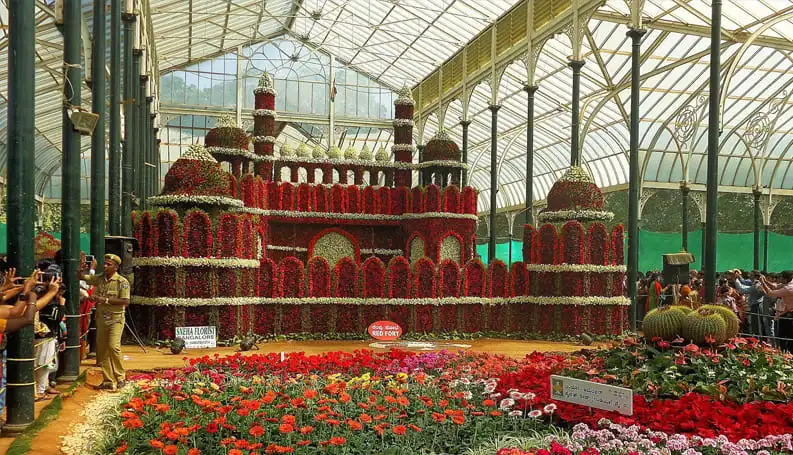
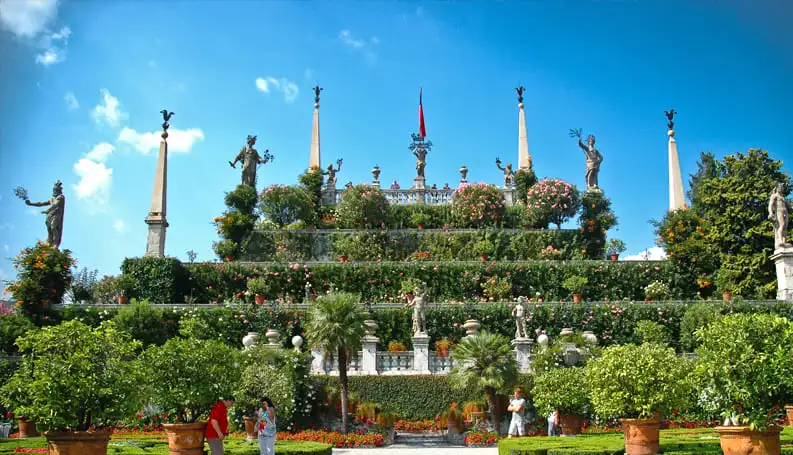

Some of the most famous gardens in India are listed below, some of which have been built by several kings and rulers and are in existence for over a century.


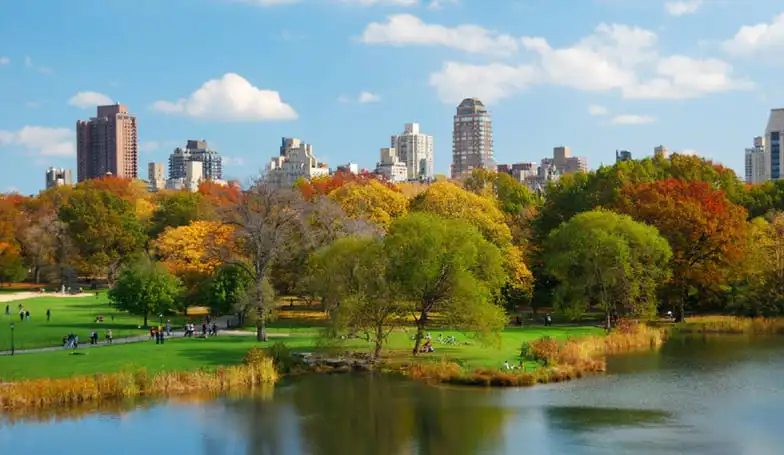
Bangalore has various nicknames including the Garden city of India as it has the greatest number of gardens. According to belief, the city owes this name to Krishna Raja Wodeyar, the 24th maharaja of the Kingdom of Mysore.
Lalbagh Botanical Garden in Bangalore is the biggest garden in India.
Some of the most breath-taking gardens in India are:
The Rambagh (Aram Bagh) was the first ever Mughal Gardens of India built by Babur in 1528.
Acharya Jagadish Chandra Bose Indian Botanic Garden in Howrah, West Bengal, is the biggest garden in Asia.
Kerala, one of the southern states of India, is known for its world-famous spices and has several spice gardens all through the state.
Copyright 2012-2022 Indiamap Digital Pvt Ltd. All rights reserved. Privacy Policy | Terms of Use